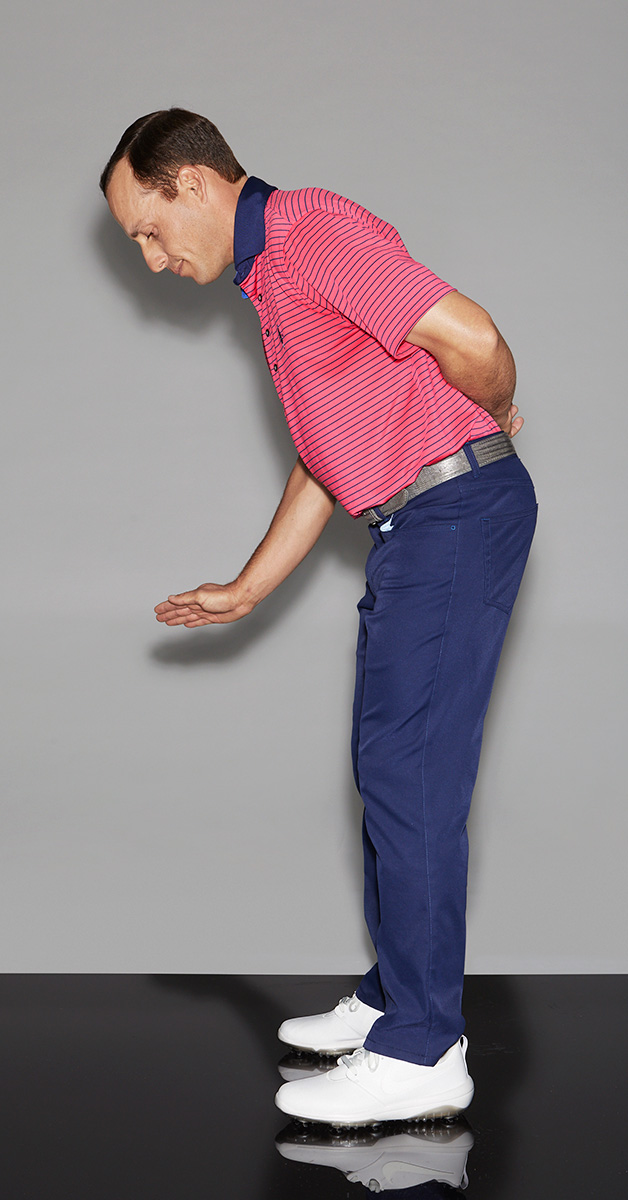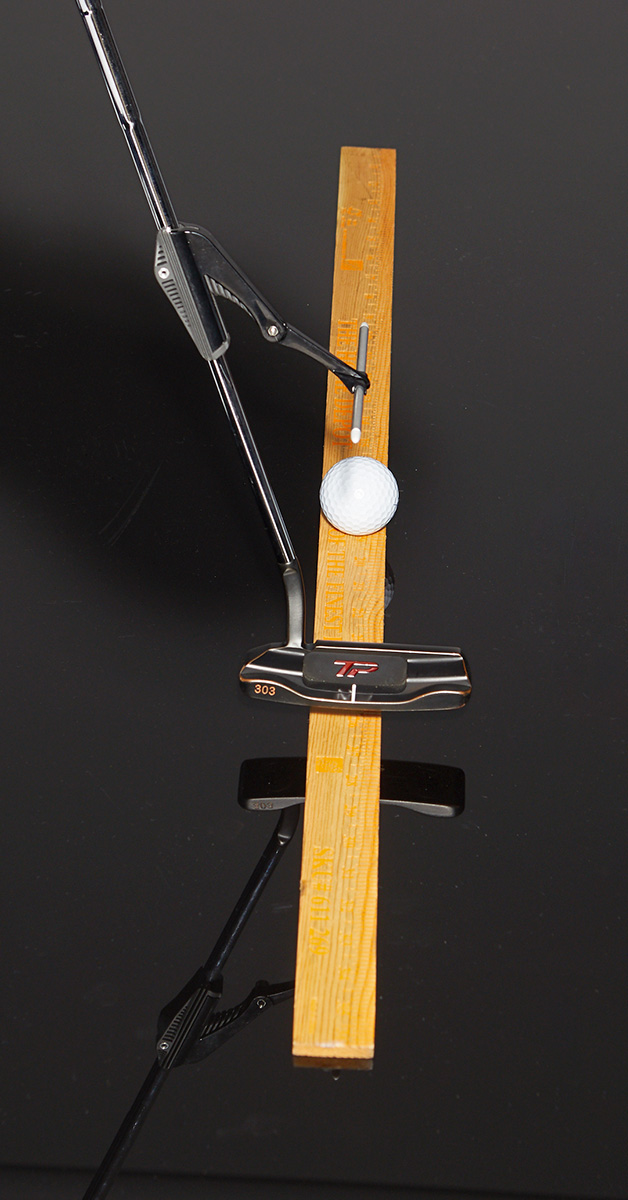 If you want to improve your putting, take advantage of your hands. I know, I know. You’ve probably been told to take your hands out of the stroke. But that doesn’t make sense. You’ve been training your hands to perform precise, co-ordinated movements even before you could walk, so why not let them help you putt? I’ll explain how in a moment, but first understand that great putting is all about controlling the putterface. If you can keep it square to the target longer, you’re going to roll the ball in a lot more.
If you want to improve your putting, take advantage of your hands. I know, I know. You’ve probably been told to take your hands out of the stroke. But that doesn’t make sense. You’ve been training your hands to perform precise, co-ordinated movements even before you could walk, so why not let them help you putt? I’ll explain how in a moment, but first understand that great putting is all about controlling the putterface. If you can keep it square to the target longer, you’re going to roll the ball in a lot more.
Start by getting behind the ball and identifying the line [left]. Visualise the ball rolling on that line to the hole, and then trace that line back to where your ball is at rest. Once you do that, it’s time to make your new hands-on stroke.
Read on for my advice on how to do it.
The best putters have flowing backstrokes and short follow-thoughs. – Mario Guerra
GO FROM SHUT TO OPEN
Here I’m demonstrating how my right hand should move during the backstroke and through-stroke [below]. I’m exaggerating the pattern so you can really see that the palm points downward, which shuts the clubface in the backstroke. It then points skyward in the through-stroke, letting the face open. This is crucial to keeping the face square to the putting line as long as possible. Train this movement before you take hold of the putter, then re-create this feel when you putt. This hand motion should be slight and unhurried – not considerable and jerky.


HIT IT DEAD CENTRE
It seems like an easy-enough task: hit every putt in the middle of the clubface. But poor contact leads to a lot of missed putts. A great way to train for a centre strike is to wrap rubber bands around the clubhead so only the sweet spot is exposed. Every time you practise, you’ll get feedback on where you struck the ball on the face.

BECOME A PUTTING NAVIGATOR
This gadget attached to my putter is called a Navigator [left]. It teaches you how to keep the putterface square to the target longer.
You can also tie a marker to your putter to get the same effect [below]. Here I’m putting, trying to keep the Navigator hovering over a yardstick, which means the putter’s face is square to my line – the yardstick. To do this, I have to deloft the putter in the backstroke and increase its loft in the through-stroke. I’m training my hands to make a slight twisting motion to achieve that. This is going to impart a lot of energy on the ball – key to getting it to the hole and avoiding the yips (more on that, right].

WHY GOLFERS YIP
If you add a burst of energy into the stroke just before the putterhead reaches the ball, you’re putting like you have the yips. The burst is a result of making too short a backstroke and subconsciously knowing you won’t have enough power in the swing to reach the hole. The best putters do the opposite. They have a flowing backstroke and a short follow-through – even on long putts. So to avoid the yips, try putting their way, and be sure to keep the face square to the start line after impact. In fact, hold your finish, watching the ball tumble [above]. Stare at it long enough, and you’ll probably see it drop.
Mario Guerra, a Golf Digest Best Young Teacher, is director of golf at Quaker Ridge Golf Club, in Scarsdale New York. Mario Guerra spoke with Ron Kaspriske.




